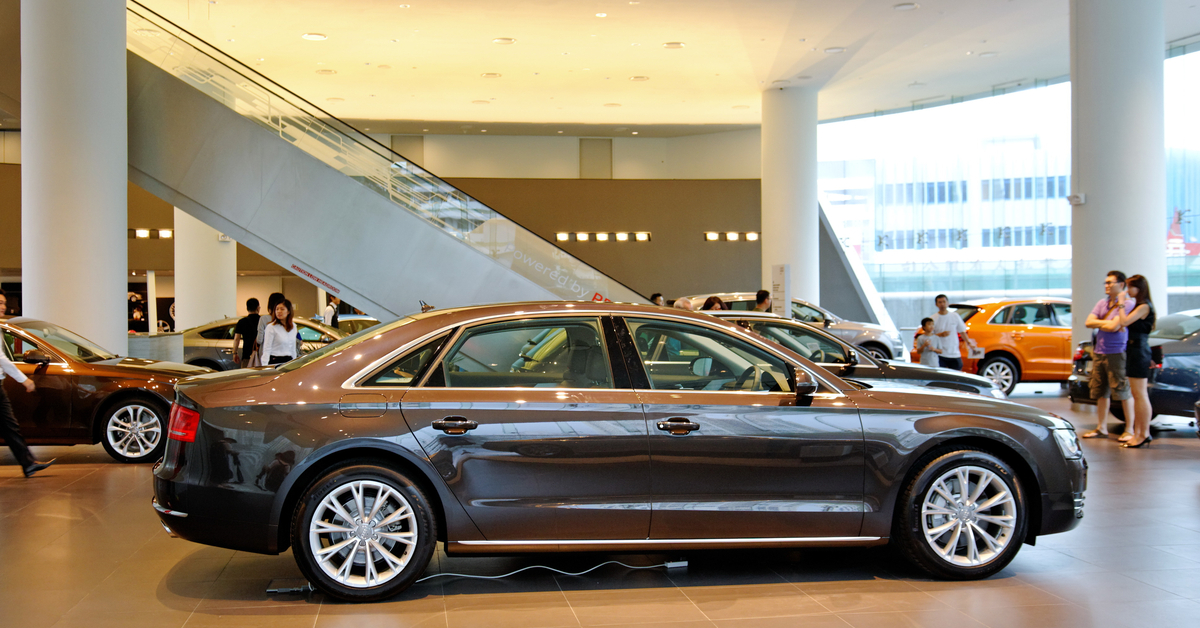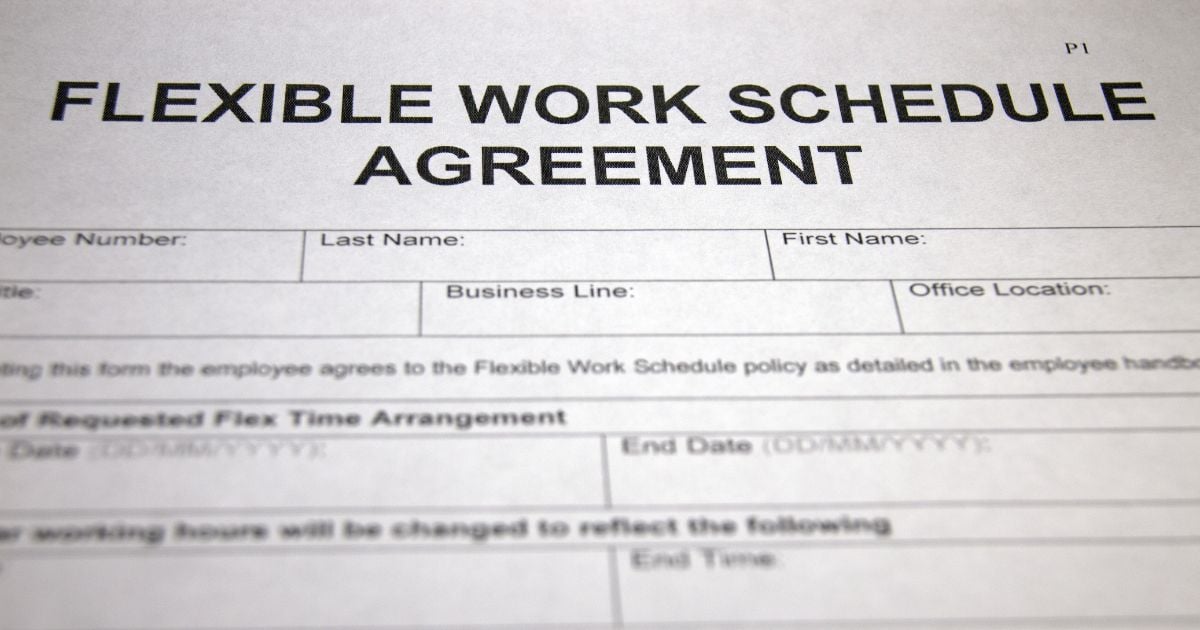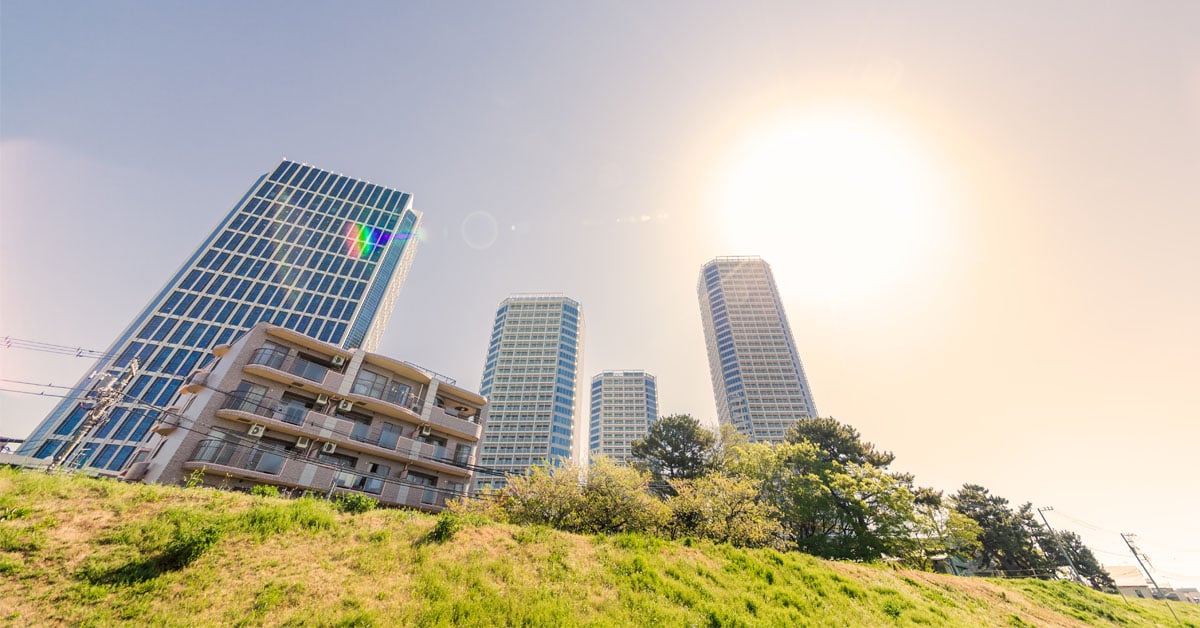COE, MRT, and HDB.
Over the course of a Singaporean’s life, they will complain about the three things listed above around 64% of the time.
Another 20% is spent on queueing, while the remaining 16% is spent looking for bargains.
Many of us have complained about COE – the Certificate of Entitlement – as it’s largely to blame for the astronomical price of cars in Singapore.
But what do we actually know about this scheme? And it is unfair?
Here are 10 facts about COE in Singapore, the quota licence that makes our bank accounts cower in fear.
If you want someone to explain what COE is to you instead, then watch this video to the end:
It Was Introduced in the 1990s to Discourage Car Ownership
If you drive a car in Singapore, you’ve probably been stuck in a traffic jam at least once… today.
Traffic jams, much like old uncles fighting in coffee shops, are a common occurrence in this tiny city.
As Singapore developed after its independence, affluence grew, and consequently, so did car ownership.
With a growth rate of 12% in the car population from 1975 to 1990 and space at a premium, the government had to do something to manage the rapid growth.
And so they introduced the Certificate of Entitlement (COE), a quota licence which gives you the right to own and operate a car in Singapore for 10 years.
COEs are divided into five categories, namely:
- Category A – Car up to 1,600cc & 97kW (130bhp)
- Category B – Car above 1,600cc or 97kW (130bhp)
- Category C – Goods carrying vehicles and buses
- Category D – Motorcycles
- Category E – Open category for all of the above except motorcycles
The Bidding System Used to Be Closed, Meaning No One New How Much Others Bid
So, how do you get one of these much-desired COEs?
You bid for it.
Bidders submit what’s called their reserve price in the open bidding exercise, which is carried out twice monthly.
The starting bid is $1, but unless all the other car bidders have misplaced their frontal lobes, you’ll probably have to pay a little more than that.
And the COEs will end up going to the highest bidders, of course.
Interestingly, when this scheme was first introduced, bidding systems were closed, meaning bidders didn’t know how much others had bid.
As you can imagine, this caused more anxiety than a COVID-19 cluster at an airport terminal because you could end up unnecessarily bidding much more than your competitors, or way too little to stand a chance.
Now, the bidding system is not only open, but allows you to revise your bid as many times as you wish during a bidding exercise.
You Can Get a Car Dealer to Submit a COE Bid For You
If you don’t want to go through the hassle of entering a bid yourself, you can get a car dealer to submit a bid for you.
There are three ways you can do this:
- Purchasing a vehicle with a ready COE. This will usually be more costly.
- Leaving your money with them for a month, and let them bid on your behalf. You won’t be able to predict the price with this method.
- Give your dealer a certain amount and instruct them to only bid for a COE if it falls within this range
The Gahmen Does Not Set COE Prices
Contrary to what many think, government officials do not spend their time in swivel chairs stroking cats while thinking of how best to bankrupt prospective car buyers.
The gahmen does not set COE prices. Rather, they are determined by a price mechanism based on demand and supply.
Since the goal of this vehicle quota system is to limit the number of cars in Singapore, the final price of these COEs will be determined by the demand for it.
That’s also why…
Car Dealers Are Not Responsible For Rising COE Prices
Car dealers, the second-most hated breed of humans in Singapore after telemarketers, are often blamed for rising COE prices.
After all, they just bid whatever they wish and hand the hefty cost to you, right?
Reader: Yup, that sounds about rig-
WELL, YOU’RE WRONG!
Reader: Okay please stop shouting
See, car dealers have to be very careful about submitting too high a bid for a COE because if it shoots up soon after the purchase, they could lose a lot of money.
For example, if you reserve a car with your dealer and agree to pay $120,000, the dealer could lose thousands of dollars if the COE shoots up just before you pay for it.
Whenever COEs go up, car dealers suffer a loss on vehicles that they’ve already reserved for sale. So to say that they’re to blame for rising COE prices wouldn’t exactly be fair.
The Number of COEs Is Calculated Every 6 Months Based on a Specific Formula
In case you don’t know, it’s the Land Transport Authority (LTA) who controls the supply of COEs.
This number is calculated every 6 months based on the following conditions:
- Actual number of vehicles taken off the roads (i.e. number of vehicles de-registered)
- Allowable growth in vehicle population
- Adjustments arising from temporary COEs that have expired or were cancelled
And there’s a specific formula to calculate this:

If this triggered a traumatic flashback to secondary school, you’re not alone and I do apologise.
Once the number of COEs is determined, the final price all depends on how much buyers want them.
Since the number of COEs is limited, not everyone who wants one can get one, even if they bid a high price.
You Can Renew Your COE, But Only Once If You Renew it for 5 Years
If you’re literally kissing your 10-year-old vehicle goodbye while sobbing because its COE is about to expire, you’re probably unaware that you can renew its COE.
All you have to do is pay the Prevailing Quota Premium (PQP), which is the average of the COE prices over the last three months.
Now, if you renew your COE for another 10 years, you’ll be eligible for unlimited renewals after that.
But if you only renew it for 5 years, you’ll have to deregister it after that. The upside of this is that you only pay for half the PQP at the point of renewal.
You Can Renew Your COE Even After Expiry
If you’re like me, you always leave things to the last minute. This is why I plan to redeem my SingapoRediscovers vouchers on 31 Dec this year.
If you finally decided to renew your COE but discovered that your COE had already expired, fret not; you can renew your COE up to a month after expiration.
You will pay for the PQP from the month the COE expired and incur a late renewal fee.
You can renew your COE online or head to LTA’s Customer Service Centre at Sin Ming.
If it’s been more than a month since your COE expired, however, it’s too late and you’ll have to say goodbye.
You’re Forgoing PARF Rebates & Forfeiting Your Remaining COE Balance Upon Renewal
One thing that car owners should know is that if they do choose to extend their car’s COE beyond 10 years, they’ll be forgoing their Preferential Additional Registration Fee (PARF), which is the car’s scrap value.
PARF rebates are only applicable if you deregister your car within the first 10 years.
What’s more, if you renew your COE long before it expires, you’d be losing out on the ‘unused’ COE that you’ve already paid for.
To combat this, some owners renew their COE closer to the day of expiry.
To know more about ARF and PARF, watch this video to the end:
You’ll Have to Pay Additional Road Tax If You Renew Your COE
Owning a car in Singapore is already expensive. But if you renew your COE, you’ll be paying even more over the next five or 10 years, and not just for repairs.
Cars older than 10 years have an additional surcharge imposed on their road tax. This surcharge increases by 10% over the car’s regular road tax every year, up to a maximum of 50%.
This, along with other mounting expenses, is why some users choose not to renew their cars and decide to join the giant group hug on buses and trains during peak hours instead.
Those who complain about COE will note that we still have traffic jams all the time even with this scheme in place.
So, what the heck would the roads be like if it was magically taken away?
Mayhem. Absolute mayhem.
Featured Image: Jordan Tan / Shutterstock.com





